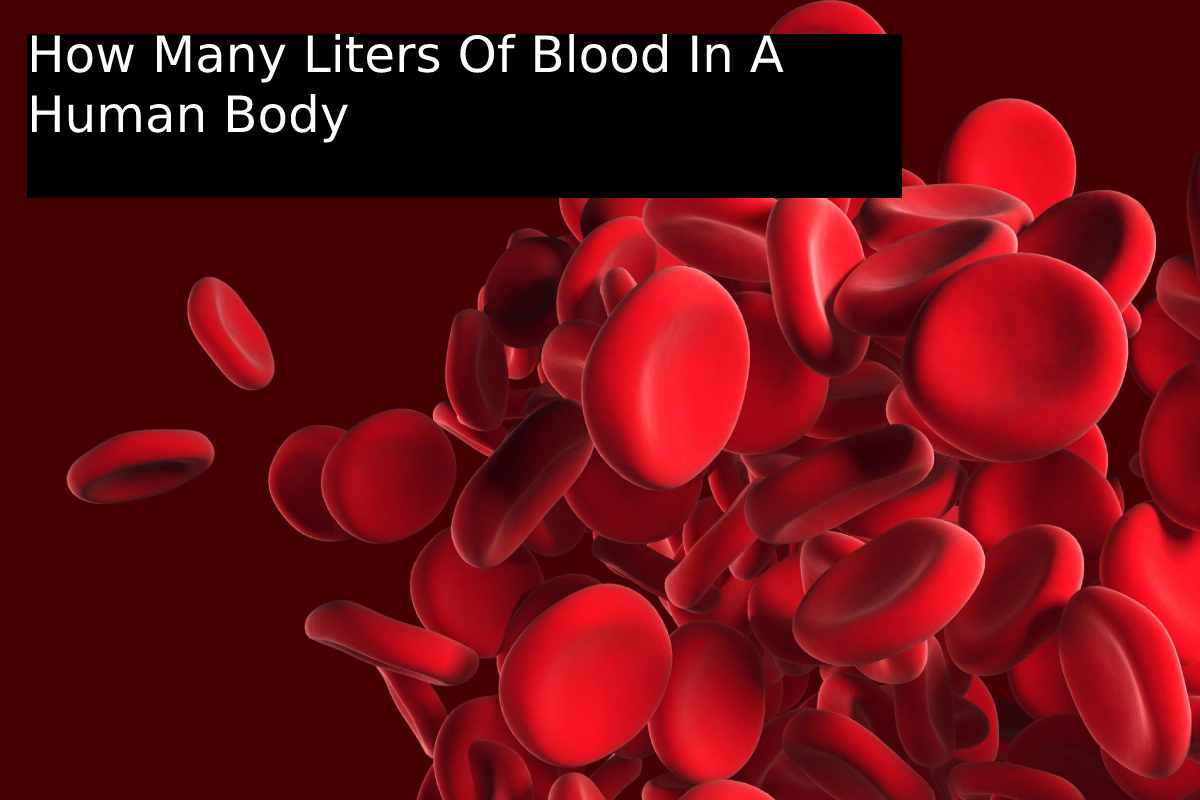Blood In A Human Body
Overview
The average quantity of blood in a human body is equal to 7% of body weight. Because it might vary based on your weight, sex, and even where you live, the amount of blood in your body is an estimate.
Babies: A full-term newborn has around 75 millilitres (mL) of blood for every kilogramme of body weight. A baby weighing around 8 pounds will have roughly 270 mL, or 0.07 gallons, of blood in their body.
Children: An 80-pound youngster on average will have 0.7 gallons, or 2,650 mL, of blood in their body.
Adults: A 150–180-pound adult should have 1.2–1.5 litres of blood in their body on average. This equates to 4,500–5,700 mL.
Pregnant women: Compared to non-pregnant women, pregnant women often have 30 to 50% higher blood volume to support their developing foetuses. This is an additional 0.3 to 0.4 gallons of blood.
Depending on where you reside, the volume of blood in a person’s body can occasionally vary. For instance, because there is less oxygen at higher elevations, those who live there have more blood.
How Many Litres Of Blood Make Up An Adult Human Body?
Solution
Blood volume in a human body, measured in litres:
Animals have a bodily fluid called blood, which is made up of platelets, white blood cells, red blood cells, and plasma.
The plasma functions as the blood’s matrix.
A typical adult human contains 65–70 ml of blood per kilogramme of body weight.
Thus, the average individual has a blood volume of 5 litres.
Each adult male has about 5.5 litres of blood, compared to 4.5 litres for females.
How Much Blood Is Shed During Typical Circumstances?
Minor blood loss is not detrimental or even dangerous in and of itself. The typical adult may lose some blood without exhibiting any symptoms.
What to anticipate from and how much blood is lost are as follows:
Giving Blood
When donating, the typical person loses one pint of blood. When you donate blood, you only lose roughly 10% of the approximately 10 pints of blood that make up your body.
Nasal Bleeding
Due to the exposure to blood from your nose, nosebleeds may appear bloodier than they are. Your typical blood loss is insufficient to result in complications. To stop your nosebleed, you might need to see a doctor if you bleed through gauze or tissue numerous times in a five-minute period.
An Open Haemorrhage
Even while bright red blood in underwear or on toilet paper may seem worrisome, it’s usually nothing dangerous. Most persons who experience bleeding haemorrhoids experience minor blood loss. Normally, this level of blood loss is not reason for alarm.
Menstruation
During their period, the average person loses 60 millilitres of blood. About 80 millilitres are lost by those who have heavier periods (Reliable Source). Consult your doctor if you think you’re losing more than that. Your doctor will be able to tell whether the bleeding is serious by how quickly you go through pads or tampons.
The Miscarriage
When a miscarriage occurs extremely early in a pregnancy, the bleeding is comparable to menstrual bleeding. However, the blood loss will be larger if the miscarriage happens later in the pregnancy. It could start off fairly heavy and come on quite quickly. Severe back pain, contractions, and abdominal pain are other indicators of a miscarriage.
Also Read – Diarrhea

